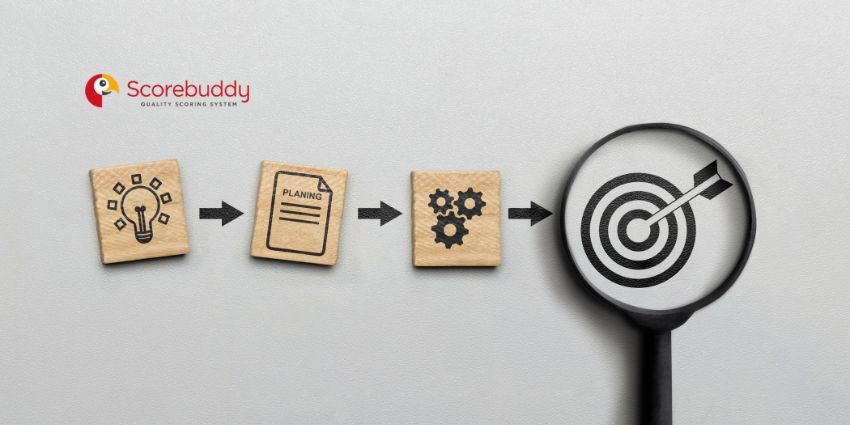In a hyperconnected world, customers value flexibility, convenience, and multiplicity of choice more than ever before. They are no longer okay with staying on hold for upwards of ten minutes, hoping that a live agent will attend to their call. Due to the proliferation of self-service, market competition in every sector, and democratised access to information, customers now expect knowledgeable and speedy service. In this context, it makes sense that callback systems will be central to the modern customer experience.
Key Customer Callback Trends and Insights
- Research suggests that 3 in 4 customers find the option of requesting a callback “highly appealing.” 71% are frustrated by endless call queues
- Reaffirming the above statistic, the average customer spends around 43 days of their lives waiting in a queue. This is out of sync with the digital era, when 82% of companies agree that digitally engaging with customers is essential
- Recent studies indicate that the ability to get callbacks at a convenient time would increase CSAT for more than half of customers (53%)
These findings suggest a clear correlation between the customer experience and callback systems – primarily owing to the sense of empowerment that it offers.
4 Ways Callback Systems Influence Your CX Quality
- It reverses the value chain in the customer’s favour
When a customer calls your contact centre, there is an implicit understanding that the person needs your (i.e., the brand’s or the agent’s) help. However, in a callback scenario, it is the agent initiating the call, which makes the customer feel more valued and like they are the ones who are needed.
- Agents can be better equipped with customer information
In a busy contact centre environment, it is difficult to stay up-to-date with caller information all the time in real-time. Callbacks allow agents to check up on important facts, recent purchase histories, and personalised data to provide a more informed CX.
- Wait times seem shorter in callback scenarios
It is human psychology to perceive unoccupied time as stretching out for a longer duration, whether we are waiting in traffic or for an agent to answer. A callback system places customers on a virtual queue, leaving them free for other tasks so that the wait time appears shorter than it actually is.
- Ultimately, it empowers customers and places them in the driver’s seat
This is the most profound impact of callback technology on CX. The customer doesn’t even have to reach for the phone; they can use the web interface on a desktop to request a callback. They can even request callbacks for a friend or family member who is unable to reach your contact centre. They can schedule the callback for an immediate response or choose to connect several hours later.
It is this freedom and convenience of callback technology that makes it so popular for next-gen customer experiences.
However, one should keep in mind that the underlying principles of contact centre operations remain the same – understaffed teams, poorly worded scripts, and insufficient knowledge will hold back CX despite the availability of callbacks.







